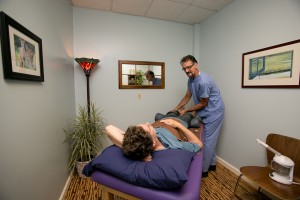One of the axioms that guide my practice and personal life is that there is no possibility of full health without regular exercise. Exercise strengthens the heart and circulation, calms the nervous system, protects the bones and joints, improves digestion and elimination and, from the standpoint of oriental medicine, promotes healthy flow of Qi or prana.
Of course, there are many types of exercise, each with its own set of benefits and possible problems. I’ve been a runner and cyclist for many years, and both of these are still part of my daily routine. For the past year I’ve also been doing yoga regularly, ideally 3-4 times weekly. I find that yoga is a wonderful complement to my longstanding regimen.
From a strictly physical point of view, yoga excels at increasing flexibility and balance, the two components of fitness that are often neglected in other exercise programs. For a runner or cyclist who performs repeated motions in a fixed manner, flexibility is actually compromised by the exercise itself. Yoga has done wonders to bring back a sense of freedom and comfort in my body that I wasn’t even aware was lacking.
However, the benefits don’t stop there. Yoga also addresses muscular strength and endurance, particularly in the “core” muscles of the trunk. While yoga doesn’t necessarily bring the heart rate into the “zone” for the 20 or more consecutive minutes thought to be required to produce cardiovascular benefits, my sense is that it does strengthen the heart muscle. I doubt whether you’d find many experienced yogis with heart disease. I think our scientific concepts need to be expanded to include alternate means to strengthen the heart and circulation.
In addition to these marvelous benefits, not the least of which is the sense of calm that always accompanies the end of class, yoga addresses deeper needs. Yoga helps keep one centered, balanced, focused, grounded and in the moment. This makes yoga crucial not only for health, but for happiness. If we are grounded and in our center, feel balanced, focused and are in the moment, we realize that we have no problems right now. Anxiety and stress dissipate, and we can feel freer, more authentic, and more effective in our actions.
I don’t recommend that patients start yoga relying on a video class of any sort for guidance. Yoga is best begun in a setting with an experienced teacher who can help you find the correct alignment in the techniques to make sure that you get benefits without risk of injury. Furthermore, the group energy of a class helps keep beginners focused and in the moment. It’s important to find a good instructor that you like to help you get started. Once underway, you’ll find that a regular yoga practice is a marvelous way to improve physical health, develop a sense of comfort in your body, and remain centered and calm in situations that used to disturb you.
That, friends, is a recipe for supreme health.

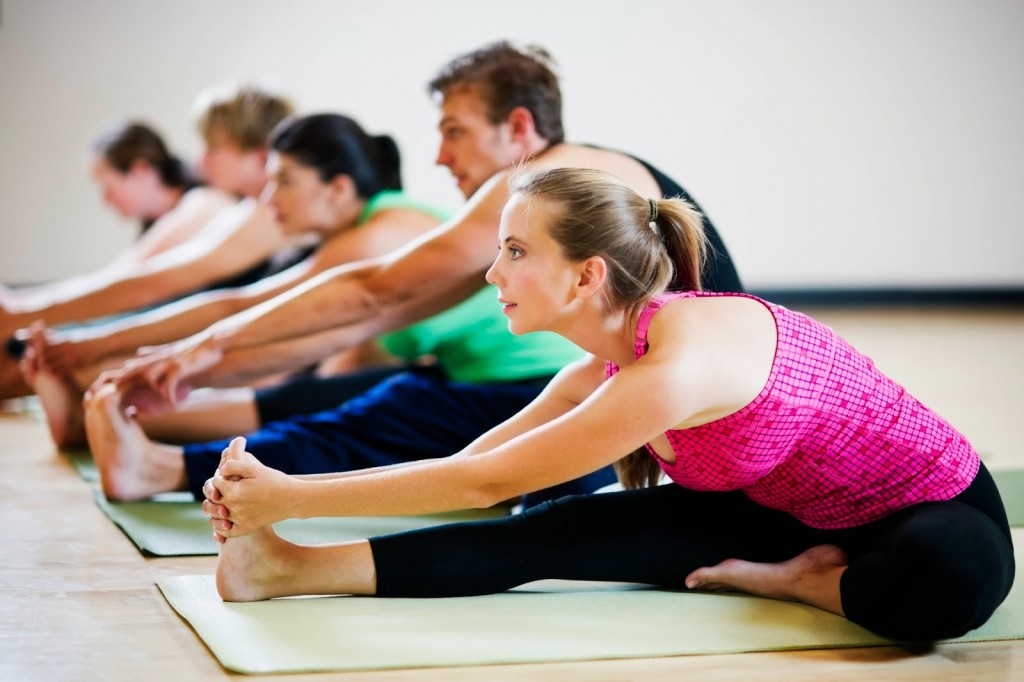









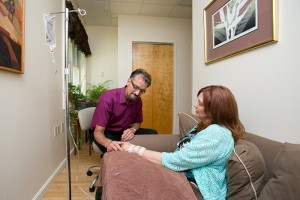
 “Intravenous Nutrition can be a great preventative measure. When we are under stress and the power of the fight or flight response, our body does not digest and absorb nutrients properly. Having IVN can increase energy and support the immune system around stressful events, like a job change, move or death of a loved one. IVN helps to ensure the body does not get run down and become more prone to imbalance.”
“Intravenous Nutrition can be a great preventative measure. When we are under stress and the power of the fight or flight response, our body does not digest and absorb nutrients properly. Having IVN can increase energy and support the immune system around stressful events, like a job change, move or death of a loved one. IVN helps to ensure the body does not get run down and become more prone to imbalance.” 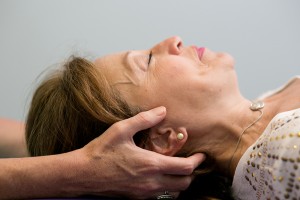
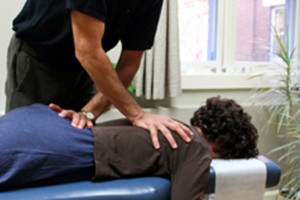
 “I especially like spinal manipulation because it often brings quick relief from spinal pain and headaches. So much of what we do as naturopathic doctors requires time, patience and effort on the part of the patient before benefits are realized. It is nice to see instant results.”
“I especially like spinal manipulation because it often brings quick relief from spinal pain and headaches. So much of what we do as naturopathic doctors requires time, patience and effort on the part of the patient before benefits are realized. It is nice to see instant results.” 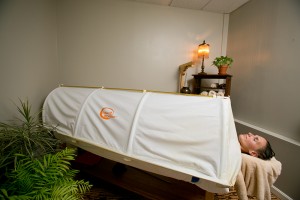
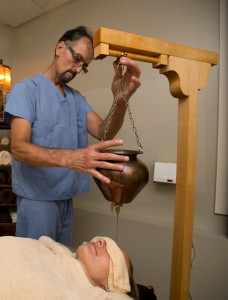
 Many of the doctors that advertise themselves as “Lyme Specialists” take a very aggressive “Kill the bacteria at all costs” approach to treatment, which often results in years of antibiotics delivered via IV’s as well as orally. While there is a place for taking an aggressive approach, as well as antibiotics, many patients continue to suffer. Commonly, Lyme specialists view this as a need to run a multitude of expensive tests, and subsequently add more aggression to the treatment in the form of heavy metal chelation, etc.
Many of the doctors that advertise themselves as “Lyme Specialists” take a very aggressive “Kill the bacteria at all costs” approach to treatment, which often results in years of antibiotics delivered via IV’s as well as orally. While there is a place for taking an aggressive approach, as well as antibiotics, many patients continue to suffer. Commonly, Lyme specialists view this as a need to run a multitude of expensive tests, and subsequently add more aggression to the treatment in the form of heavy metal chelation, etc.